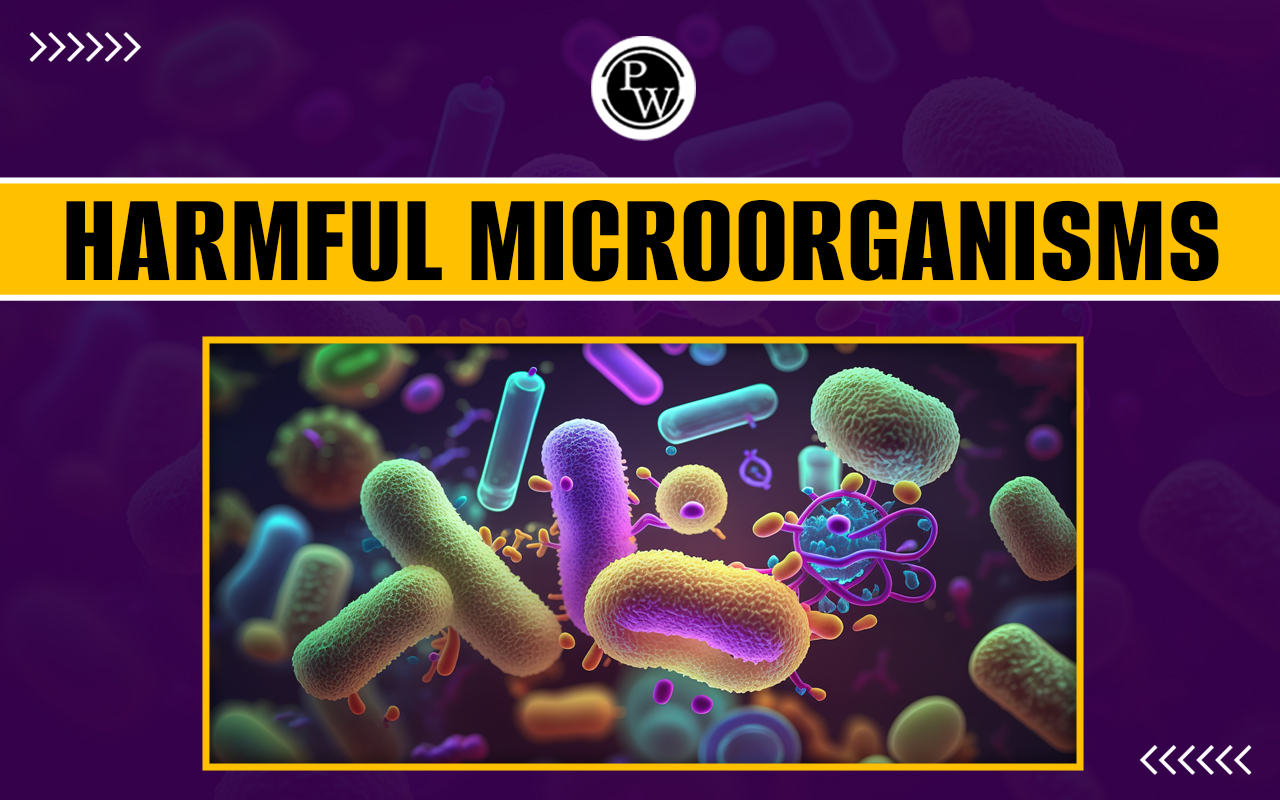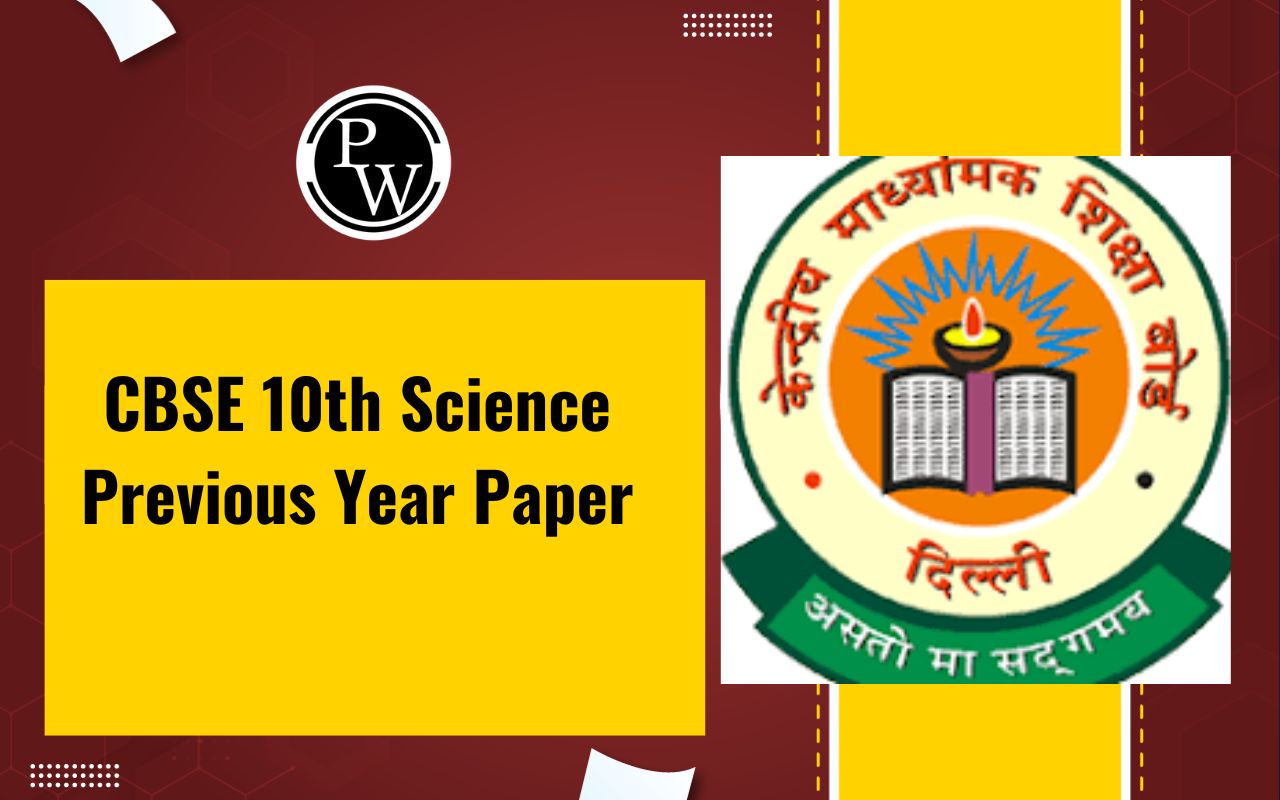

If you are looking for information on Harmful Microorganisms, you have come to the right place!
The topic “Harmful Microorganisms” will be covered in this article. Certain Microorganisms cause the vast majority of infections. Pathogens are the name for these creatures. They have been specially adapted to infect and multiply inside a host. The following are a few diseases caused by pathogens: polio, cholera, mumps, rabies, jungle fever, etc. A few microorganisms require a transporter to transmit illnesses. In this instance, Plasmodium vivax uses Anopheles mosquitoes as the carrier to transmit sickness to the host. The Plasmodium starts damaging the red platelets when it enters the host. This has a variety of effects, including sickness and hypoxia. This article will discuss the types of harmful microorganisms and harmful microorganisms in humans, animals and plants.Introduction
Most diseases are brought on by specific microbes, except for congenital and inherited conditions. Pathogens are the name for these bacteria. They have been specially developed to spread infection and growth inside a host. Polio, cholera, mumps, rabies, malaria, and other diseases are pathogen-caused illnesses. To spread disease, some germs require a carrier. The Plasmodium begins damaging red blood cells as soon as it enters the host. This results in further issues including anaemia and hypoxia. Some microorganisms get into your body immediately through contaminated food, water, air, or even a little skin wound. With an open wound, the bacteria Streptococcus can infiltrate your skin. Yet, most people have these bacteria in their throats, which are often not harmful. The majority of pathogenic illnesses are contagious and infectious. Pathogens use the host's nutrients and invade the immune system once they have entered the host's body. As a result, vaccinations and antibiotics were discovered and developed.Glyolysis and Glycolytic Pathway
Types of Harmful Microorganisms
Bacteria
Bacteria are common, largely free-living organisms that contain a singular biological cell in very small numbers. They make up a sizable portion of the prokaryotic microbial world. Most ecosystems on Earth are home to bacteria, which are typically a few micrometres long and were among the first life forms to emerge there. In the deep biosphere of the Earth's crust, bacteria are discovered in addition to soil, water, acidic hot springs, radioactive waste, and the biosphere. Bacteria are essential at many phases of the nutrition cycle by recycling nutrients, such as nitrogen fixation from the atmosphere. The anaerobic fermentation stage of the decomposition of dead bodies is controlled by bacteria and is a component of the nutrient cycle.Fungi
The fungi kingdom includes heterotrophic (unable to produce their food) multicellular eukaryotic creatures that play significant roles in ecosystem nutrient cycling. Furthermore, fungi have symbiotic relationships with plants and bacteria and can reproduce sexually and asexually. But, they are also to blame for a few ailments affecting plants and animals. While some fungi are multicellular, others are single-celled. Yeast is the name for a single-celled fungus. Depending on what stage of their life cycle they are in, certain fungi switch between single-celled yeast and multicellular forms. Like plant and animal cells, fungi cells have a nucleus and organelles.Genetically Modified Organisms Ethical Issues
Protozoa
Protozoa are a group of single-celled eukaryotes that eat organic material like other microorganisms, organic tissues, and debris. They can be free-living or parasitic. Since they frequently exhibit animal-like behaviours, such as motility and predation, and because they lack a cell wall, like plants and many algae, protozoans were once thought to be classified as "one-celled creatures." The taxon Protozoa was created as a class within Animalia when Georg Goldfuss first presented it in 1818; "protozoa" means "first animals." It was elevated to various higher ranks in later classification schemes, such as phylum, subkingdom, and kingdom, and occasionally it was placed inside Protoctista or Protista. In the 19th and early 20th centuries, classifying Protozoa within the setting of Animalia was common but not ubiquitous.Algae
The term "algae" is used colloquially to describe a vast and varied collection of photosynthetic eukaryotic organisms. It is a polyphyletic cluster made up of species belonging to various clades. From single-celled microalgae like Chlorella, Prototheca, and diatoms to multicellular ones like the giant kelp, a massive brown alga may grow to lengths of up to 50 metres, and the organisms featured range from (160 feet). Most are aquatic and autotrophic, lacking several distinguishing cell and tissue types found in land plants, such as stomata, xylem, and phloem (they produce food internally). Seaweeds are the biggest and most intricate marine algae, whereas the Charophyta, a class of green algae that includes, among others, Spirogyra and stoneworts, are the most intricate freshwater forms.Viruses
A virus is a microscopic, infectious creature that only thrives inside live cells. All living things, including plants, animals, and microscopic organisms like bacteria and archaea, are susceptible to virus infections. More than 9,000 of the millions of virus species have been thoroughly documented since Dmitri Ivanovsky's 1892 publication identifying a non-bacterial disease infecting tobacco plants and Martinus Beijerinck's discovery of the tobacco mosaic virus in 1898. A virus is the most common living organism on Earth and may be found in practically any setting. Even though viruses lack basic characteristics, such as cell structure, which are often considered crucial conditions for defining life, some biologists argue that viruses are living organisms because they carry genetic information, reproduce, and change through natural selection.Genetic Code Codons Amino Acids
Harmful Microorganisms in Humans
Pathogens can enter our systems through the food we eat, the water we drink, or the air we breathe. Animals or close touch with an infected person can also transmit them. Microbial infections that can spread from an infected person to a healthy person by air, water, food, or direct contact are known as communicable diseases. Such diseases include cholera, the common cold, chicken pox, and TB. When a person with a common cold sneezes, tiny droplets of moisture carrying millions of viruses are released into the atmosphere. The virus may enter a healthy person's body through breathing, leading to sickness. Certain animals and insects act as reservoirs for pathogenic germs. The housefly is one of these carriers. The flies gather near garbage and animal waste. Pathogens adhere to the skin of their hosts. If these flies land on raw food, they might transfer diseases.Harmful Microorganisms in Animals
Many microbes can cause disease, which affects not only humans and plants but also other animals. For instance, the bacterium anthrax can infect humans and animals and result in death. Cattle that have another virus acquire foot and mouth disease. Plant-attacking bacteria and viruses that cause crown gall disease. Infections in animals and plants can lower production and product quality, potentially costing investors money. Microbial growth needs to be regulated as a result.Harmful Microorganisms in Plants
Many bacteria in plants, including those that grow wheat, rice, potatoes, sugarcane, oranges, and apples, are responsible for the disease. As a result of the diseases, crop yields are decreased. Certain antibiotics that kill bacteria can be used to control them. Consuming food that germs have damaged can also result in food sickness. On rare occasions, microbes that reside in our food might create toxic compounds. Food poisoning is avoided through pasteurisation, salting, boiling, and other food preservation techniques.Q1. What issues are harmful bacteria responsible for?
Ans: Infectious diseases like the flu and measles are brought on by microbes. Yet, strong evidence suggests that bacteria may play a part in various chronic, non-infectious diseases, such as coronary heart disease and a few forms of cancer.
Q2. Where do dangerous microbes reside?
Ans: There are germs everywhere. Germs (microbes) can be found in the soil, water, food, plants, animals, the air, and almost every other surface, including your body.
Q3. How do microorganisms get rid of dangerous substances?
Ans: The bacteria consume impurities like oil and organic matter (such as leftover food), transform them, and release water and carbon dioxide. The procedure uses naturally occurring bacteria, fungi, or plants to break down compounds that are harmful to the environment or human health.
Q4. What occurs when bacteria pass away?
Ans: Bacteria that have died are either blasted apart or trapped and unable to replicate. On the other hand, inactive bacteria are no longer metabolically active. They may still break apart into tiny pieces since their cell membrane is no longer keeping them together (like popping a balloon).
Q5. What eliminates microorganisms in the human body?
Ans: Antibiotics are drugs that aid in preventing diseases brought on by bacteria. They achieve this by eliminating the bacteria or stopping them from multiplying. Antibiotic means "against life." A medicine is technically considered an antibiotic if it kills bacteria inside the body.
🔥 Trending Blogs
Talk to a counsellorHave doubts? Our support team will be happy to assist you!

Free Learning Resources
PW Books
Notes (Class 10-12)
PW Study Materials
Notes (Class 6-9)
Ncert Solutions
Govt Exams
Class 6th to 12th Online Courses
Govt Job Exams Courses
UPSC Coaching
Defence Exam Coaching
Gate Exam Coaching
Other Exams
Know about Physics Wallah
Physics Wallah is an Indian edtech platform that provides accessible & comprehensive learning experiences to students from Class 6th to postgraduate level. We also provide extensive NCERT solutions, sample paper, NEET, JEE Mains, BITSAT previous year papers & more such resources to students. Physics Wallah also caters to over 3.5 million registered students and over 78 lakh+ Youtube subscribers with 4.8 rating on its app.
We Stand Out because
We provide students with intensive courses with India’s qualified & experienced faculties & mentors. PW strives to make the learning experience comprehensive and accessible for students of all sections of society. We believe in empowering every single student who couldn't dream of a good career in engineering and medical field earlier.
Our Key Focus Areas
Physics Wallah's main focus is to make the learning experience as economical as possible for all students. With our affordable courses like Lakshya, Udaan and Arjuna and many others, we have been able to provide a platform for lakhs of aspirants. From providing Chemistry, Maths, Physics formula to giving e-books of eminent authors like RD Sharma, RS Aggarwal and Lakhmir Singh, PW focuses on every single student's need for preparation.
What Makes Us Different
Physics Wallah strives to develop a comprehensive pedagogical structure for students, where they get a state-of-the-art learning experience with study material and resources. Apart from catering students preparing for JEE Mains and NEET, PW also provides study material for each state board like Uttar Pradesh, Bihar, and others
Copyright © 2025 Physicswallah Limited All rights reserved.
Get App











